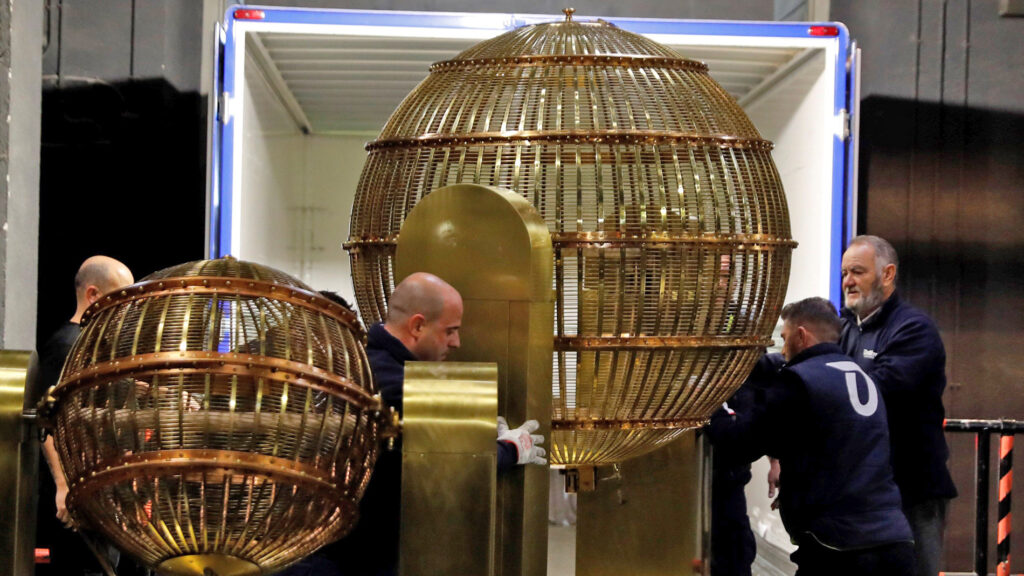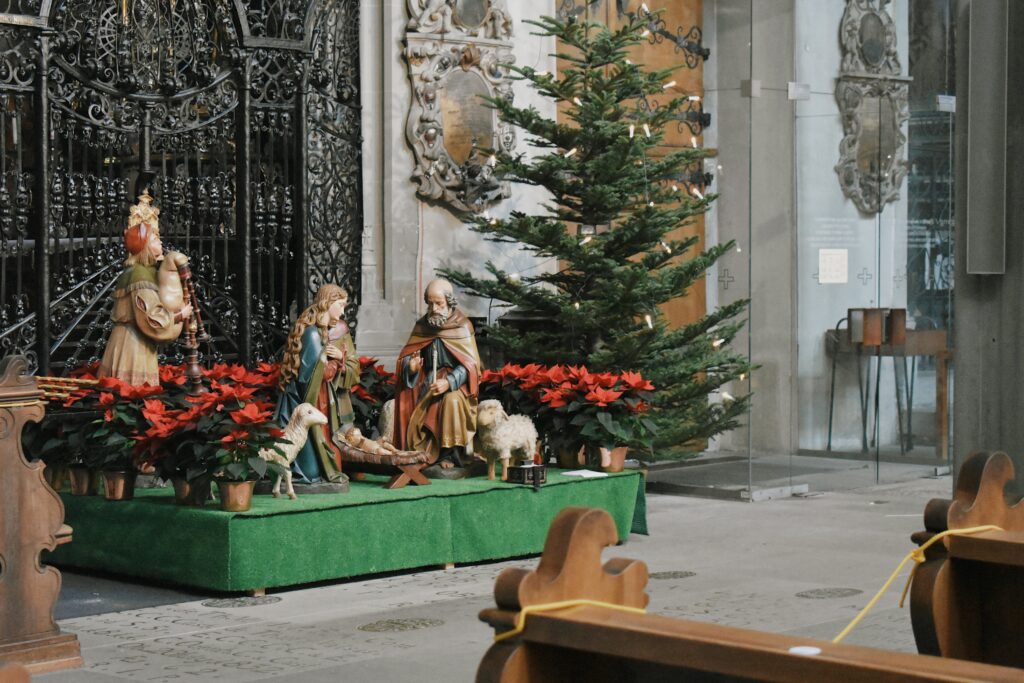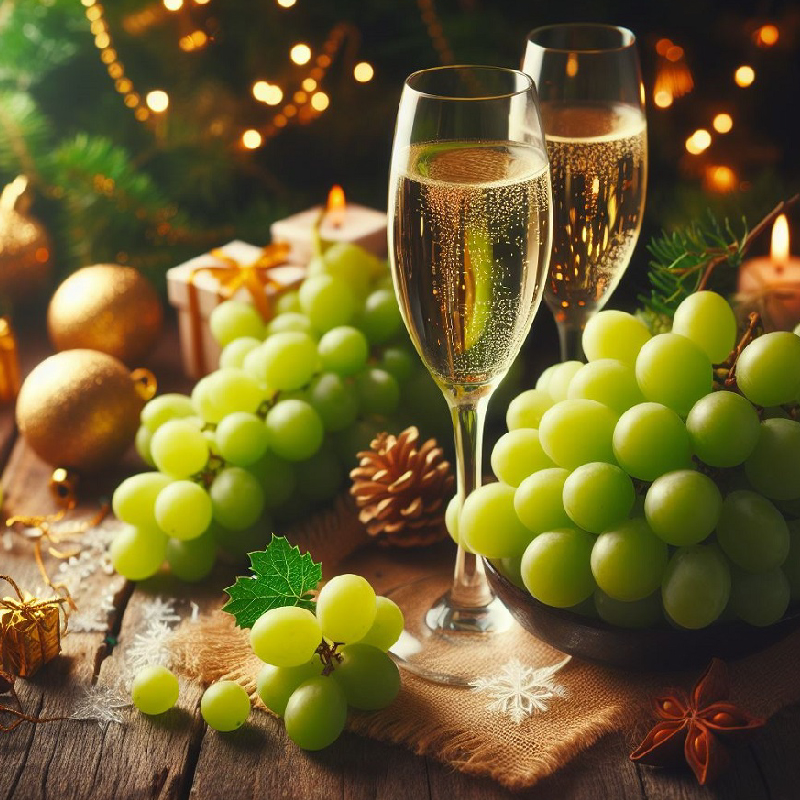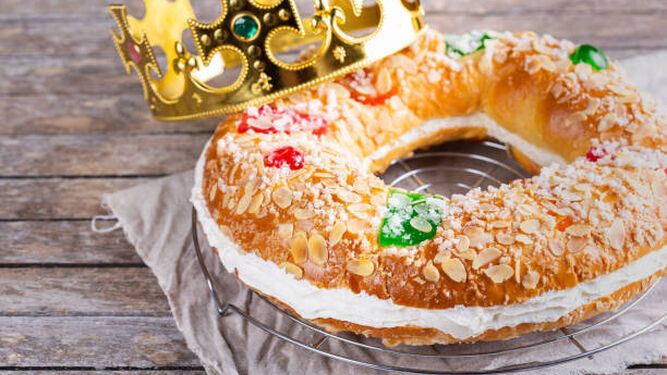In Spain, Christmas isn’t just a day; it’s a season filled with distinctive customs that paint the holiday in vibrant colors. Here are some cherished traditions that infuse Spain’s festive season with magic and joy:
El Gordo – The Christmas Lottery

The nation unites in excitement for the famed El Gordo, the Spanish Christmas lottery. Families, friends, and even entire villages come together to purchase tickets, hoping to strike it rich on December 22nd. The lottery’s festive draw captivates the nation, spreading joy and transforming lives with its substantial prize pool.
The Nativity Scene – Belén

At the heart of Spanish Christmas lies the Belén or Nativity scene, a cherished tradition where households, churches, and town squares showcase intricate dioramas depicting the birth of Jesus. From simple to elaborate, these scenes often include not only the Holy Family but also a myriad of figurines, representing rural life, local landmarks, and even famous personalities.
Uvas – The Twelve Grapes of Fortune

As the final minutes of the year trickle away on New Year’s Eve, Spaniards ready themselves for a time-honored tradition—the consumption of twelve grapes, one for each stroke of midnight. ‘Las doce uvas de la suerte,’ as it’s known, signifies a wish for prosperity in the coming months. Families and friends gather around town squares or in the comfort of their homes, fervently consuming the twelve grapes in synchronization with the clock tower’s chimes. It’s a moment of unity, laughter, and hopeful anticipation for a year brimming with luck and joy.
Red Underwear: A Dash of Luck
In Spain, superstitions interlace with festivities, and none more intriguingly than the tradition of wearing red underwear on New Year’s Eve. Red, a symbol of passion and vitality, is believed to usher in good fortune and prosperity for the upcoming year. Stores deck their shelves with an assortment of crimson undergarments, inviting people to embrace this curious yet cherished custom, seeking auspicious beginnings in the vibrancy of red.
Three Wise Men and the Roscón de Reyes

While the world celebrates Christmas Day on December 25th, Spain’s pinnacle celebration arrives on January 6th—Three Kings’ Day or Dia de Reyes. This revered occasion commemorates the arrival of the Three Wise Men, bearing gifts for the infant Jesus. The eve before, households across Spain partake in a delectable tradition—the devouring of Roscón de Reyes. This circular cake, adorned with candied fruits resembling the jewels of the Kings’ crowns, hides secrets within its sweet confines: a figurine symbolizing Baby Jesus and a dried bean. Discovering the figurine brings blessings, while encountering the bean may call for purchasing the Roscón next year—a whimsical twist in the festive revelry.
These distinctive Spanish Christmas traditions embody the essence of togetherness, hope, and the magic of the holiday season. It’s within these rituals that Spaniards find not just customs, but a sense of unity, shared laughter, and the anticipation of a promising year ahead. Cheers to the convergence of heritage, superstition, and celebration that illuminate Spain’s festive season with enduring charm and merriment.







